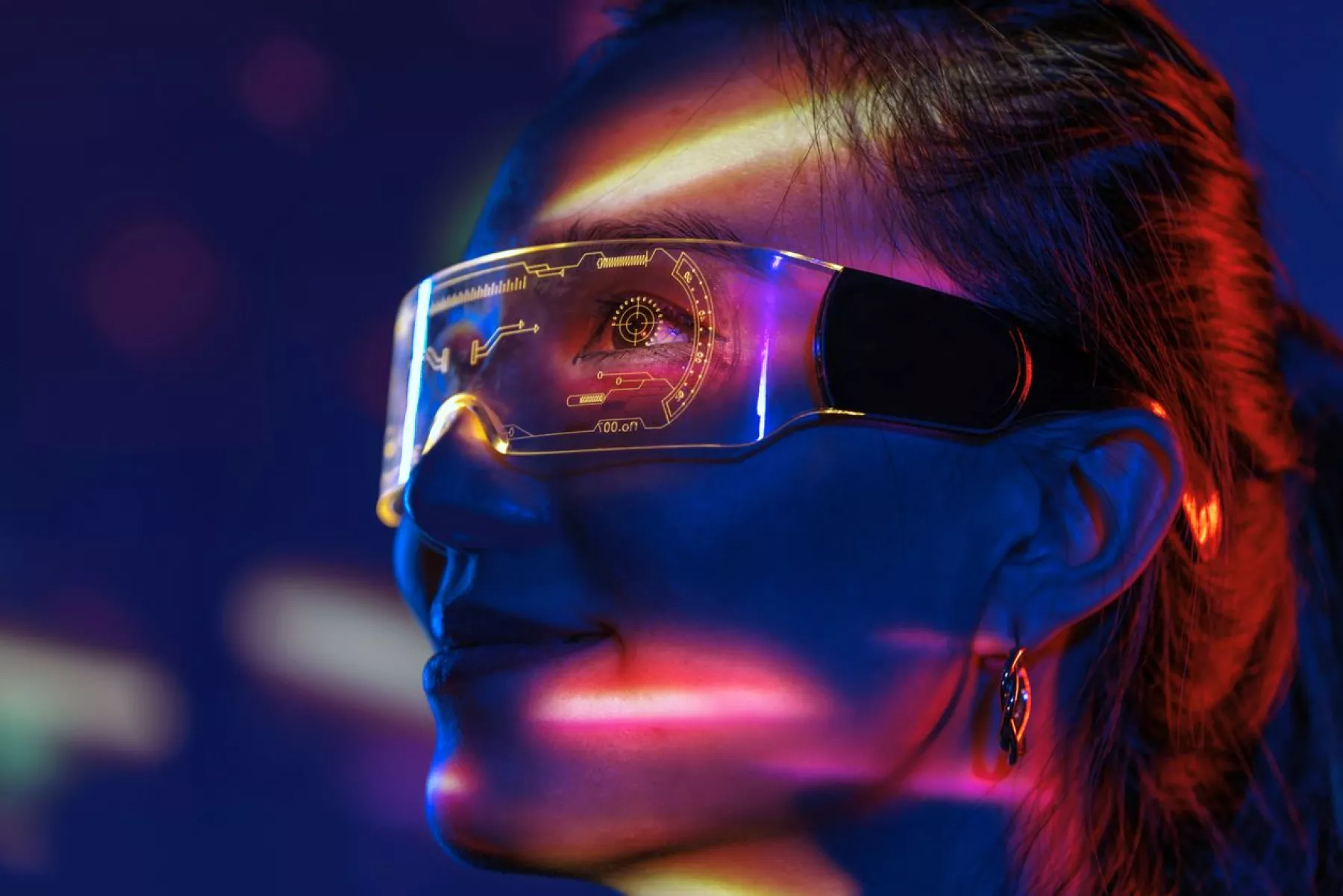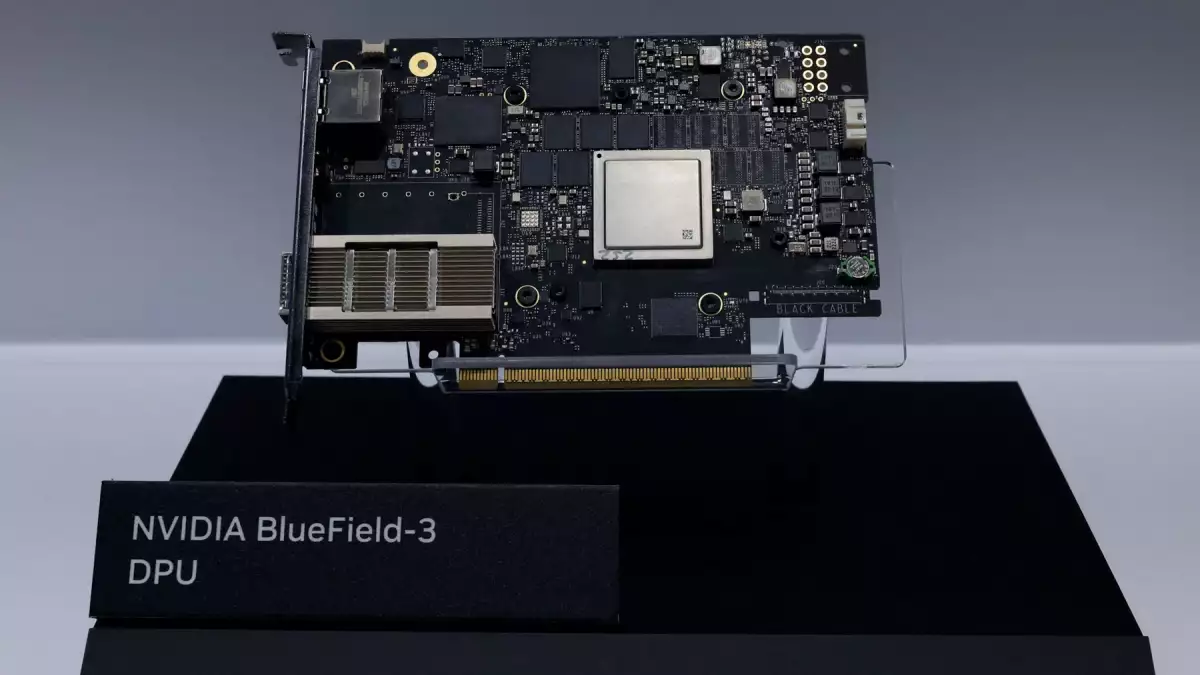.webp)
Technology is crucial in the democratization of health
Experts agree that digital twins, the cloud and even wearables are the trend in the health field.
The digital health market boomed with the arrival of the pandemic, when telemedicine became a tool that suited the criteria of social distancing and staying at home. Five years later, specialists see the use of artificial intelligence, the cloud, digital twins and wearables as a trend.
During the Expansión Medical Devices Day Forum, organized jointly with the Mexican Association of Innovative Medical Device Industries (AMID), Francisco Martínez López, leader of digital health, automation and AI for Mexico, Central America and the Caribbean at Siemens Healthneers explained that technological solutions help articulate solutions for hospitals since they offer a 360 view of patients.
According to Mordor Intelligence, the global digital health market size is estimated at $296.46 billion in 2024 and is expected to reach $655.57 billion by 2029.
Mauricio Pérez, head of business IT sales at Philips Mexico, said that among other benefits, technologies such as AI and advanced algorithms are aimed at delivering information in real time, which allows for faster diagnosis and appropriate treatment in a sector where time is of the essence in saving lives.
Both panelists agreed that while they see these benefits in technology, it is necessary to consider that AI in this sector must always be supervised and its implementation must be perceived as a co-pilot or companion for doctors, not a substitute.
Migration to digital platforms
Efforts to democratize medical information are beginning to be seen in spaces closer to users. Isaac Ochoa, who leads YouTube Health in Latin America, said that through the platform they seek to help develop better practices so that those who have health knowledge can share it with users in simple language and in a short time.
“We live in a world of three seconds of attention span, and for us that is a key factor in communicating health issues,” he said.
From Ochoa's perspective, this way of communicating is part of the evolution and adaptation of health professionals to the digital era, and those who adapt to this model "will have an advantage over those who have remained offline."
While the panellists agreed that digital twins and large databases are the trend at the hospital level, among users, wearables are a way of improving access to healthcare.
The vision for these articles is that the information they collect will eventually be put to use by medical staff to learn more about their patients.
Ochoa said that this scenario is already beginning to be seen, since after a medical consultation, in addition to the list of medications, some specialists begin to recommend the use of these devices or health applications.
Leave a comment:


Tranding News










